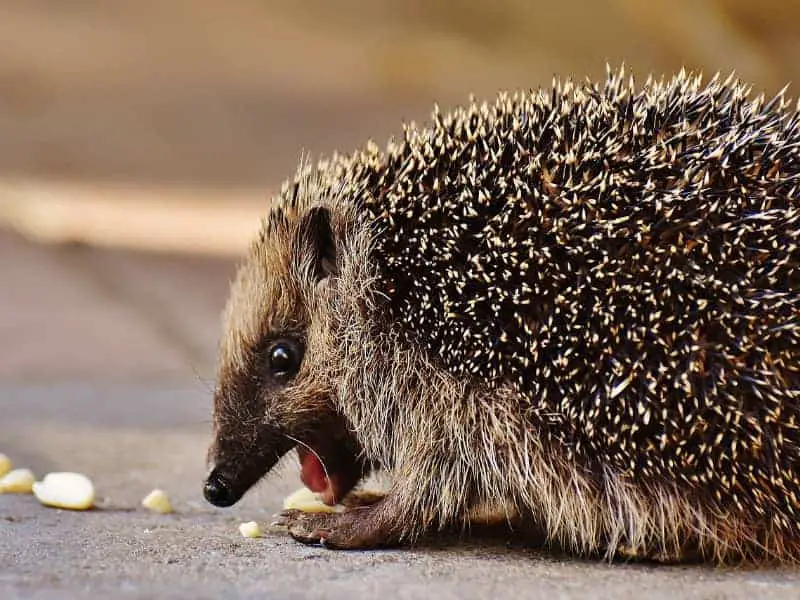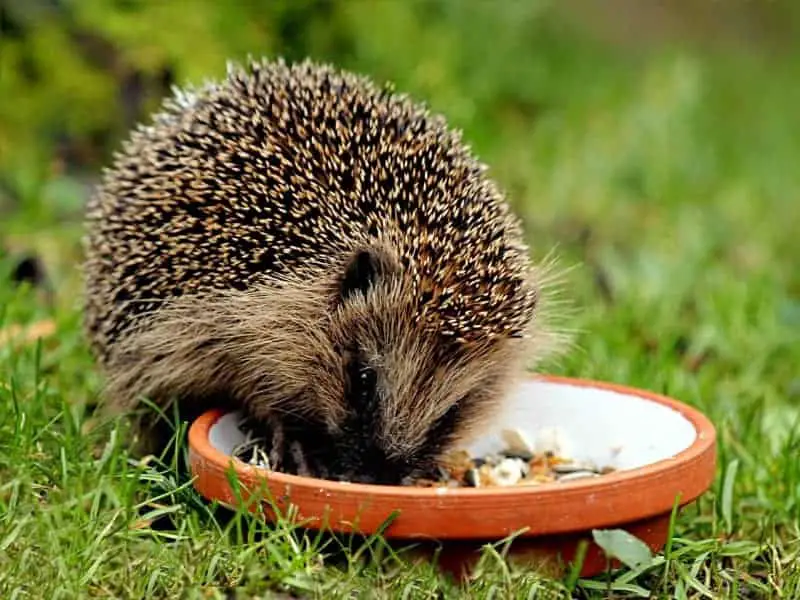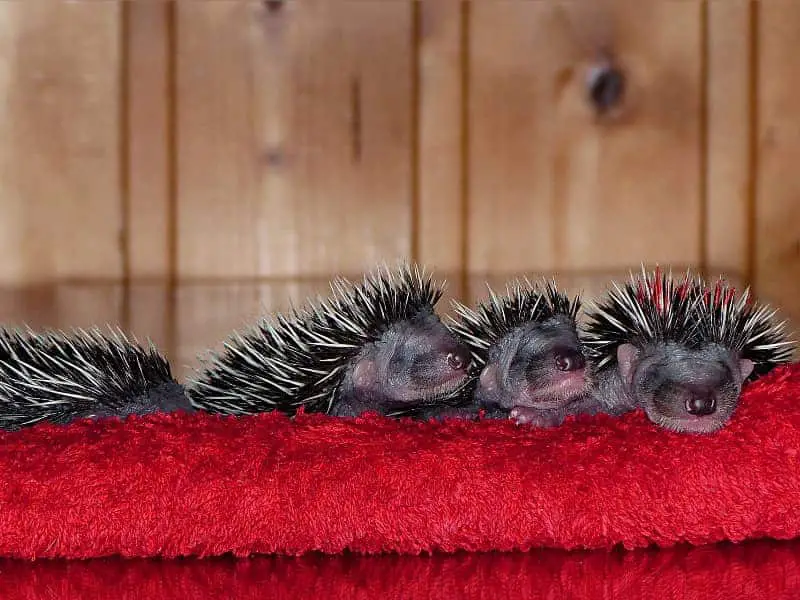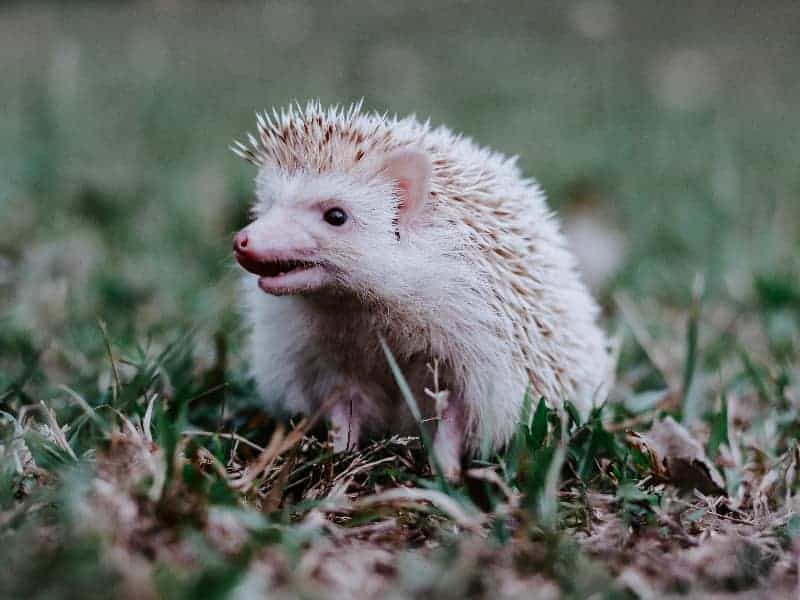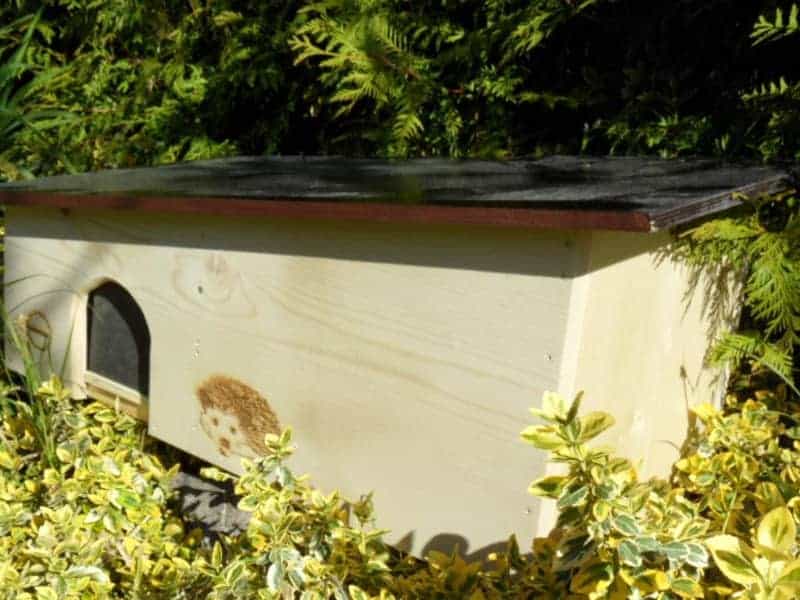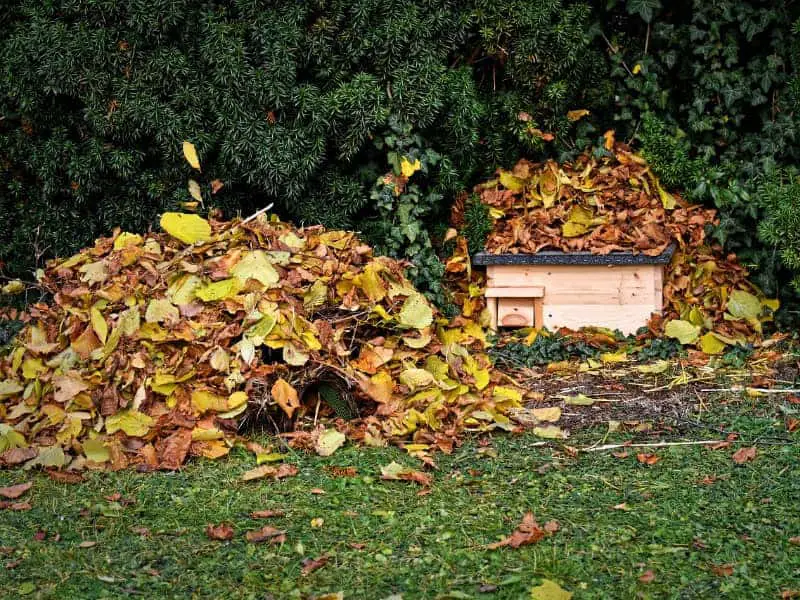
The hedgehog hibernates
Hedgehogs hibernate from around November. The end of the hedgehog's hibernation is usually given as March of the following year. However, hedgehogs often interrupt their hibernation and wander around.
- The hedgehog hibernates
- A hedgehog discovered before the end of hibernation
- Why does the hedgehog interrupt its hibernation before the actual end?
- What happens if there is a brief interruption?
- Why is hibernation so important for hedgehogs?
- What does hibernation look like in a warm winter?
- What happens if the hedgehog wakes up early from hibernation?
- How can you help a hedgehog that wakes up early?
- How long does hibernation normally last in hedgehogs?
- Why doesn't the hedgehog starve to death during the long period of hibernation?
- Under no circumstances should you wake the hedgehog
- How can you tell if the hedgehog is dead?
- A hedgehog discovered before the end of hibernation
A hedgehog discovered before the end of hibernation
You can help a healthy hedgehog immediately on the spot. If possible, provide it with a sleeping nest. Fill it tightly with straw. Place the prepared sleeping nest in a quiet and shady place. You don't need to do much more at first.
Why does the hedgehog interrupt its hibernation before the actual end?
- If the weight of the juvenile hen was less than 500 to 600 grams at the onset of winter, it will not hibernate normally.
- However, it can also happen that the hedgehog has not yet started its hibernation because it can always find food nearby.
- The hedgehog's hibernation site has been destroyed. It now has to look for a new hibernation nest. This is very difficult for a young hedgehog as it does not yet know its territory well.
- The hedgehog wakes up from hibernation to urinate.
- Warm temperatures have woken the hedgehog early. Late snow comes as an unpleasant surprise.
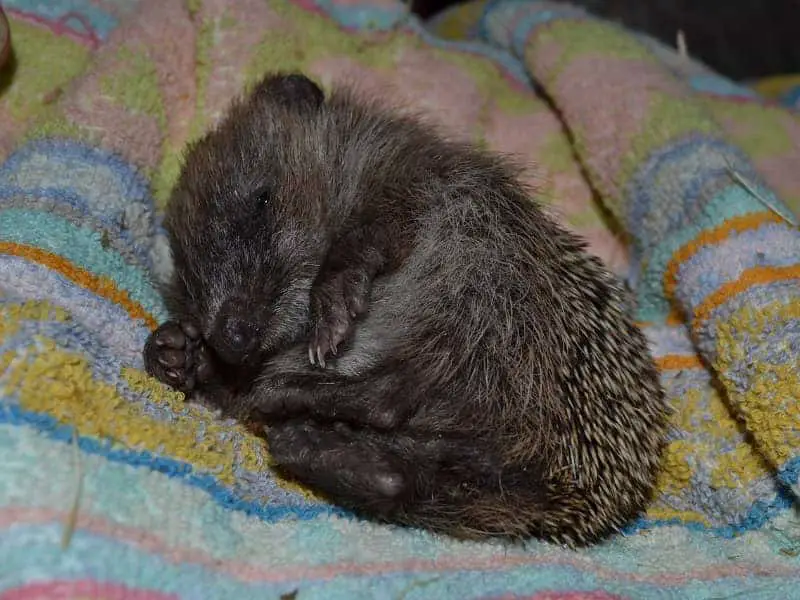
What happens if there is a brief interruption?
There is no general answer to this question. There are hedgehogs that behave very calmly and sleep again after a few hours. Other hedgehogs, on the other hand, become really active. They may even change their nest. Their radius of action is very small. When hibernation is interrupted, they do not normally forage for food.
Why is hibernation so important for hedgehogs?
Due to the cold weather, hedgehogs are unable to find bugs, worms and other food. It bridges this time without food by hibernating. During this time, the hedgehog's body runs on a low flame. However, most hedgehogs only spend around 80 % of their hibernation period asleep.
What does hibernation look like in a warm winter?
If the winter is relatively mild, which is becoming increasingly common, then interruptions in hibernation are quite normal. However, hedgehogs stay in their nest during the waking phases and usually fall asleep again within a few hours. However, if they are active for a few days, they often change their nest. As hedgehogs can hardly find any food during this time, they feed on their winter fat. You can feed them during this time. If the temperature falls below 4 degrees again, stop feeding immediately. The hedgehog will then return to its nest.
What happens if the hedgehog wakes up early from hibernation?
Hedgehogs normally wake up in spring when the temperatures rise and the food animals become active again. The awakening process takes place in two stages. As soon as the outside temperature is above a certain level for a longer period of time, hormonal signals cause the hedgehog to wake up. In the second phase, muscle tremors set in. This causes the body temperature to rise. As soon as the hedgehog has reached a body temperature of around 36 degrees, it is fully active. It can take up to 8 days for a hedgehog to raise its body temperature from 5 degrees to 36 degrees. Only then is the hedgehog fully active again.
If the hedgehog wakes up early because it is too mild outside, this can have fatal consequences. If there is a late cold snap, the hedgehog is not as well prepared.
How can you help a hedgehog that wakes up early?
First of all, you need to make sure that the hedgehog is actually in need of help. To do this, you need to observe the hedgehog very closely. If you don't notice any injuries or anything else unusual, the hedgehog has certainly interrupted its hibernation for natural reasons. If this is the case, you should quickly leave the hedgehog alone again. In most cases, the hedgehog will quickly fall asleep again.
However, if you find that the nest has been destroyed, try to put it back in order. If this is not the case, a replacement nest must be found.
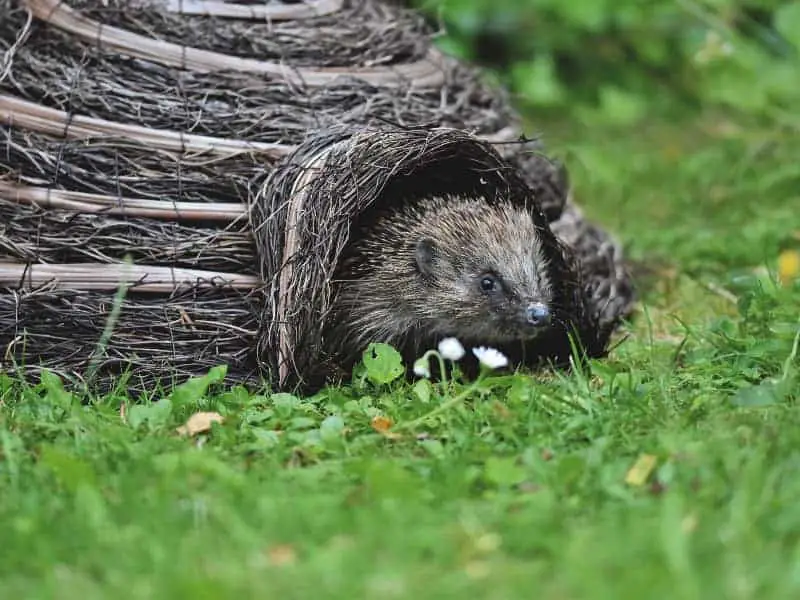
How long does hibernation normally last in hedgehogs?
On average, hibernation lasts 5 months - from November to March. Certain climatic conditions can also contribute to hedgehogs going into hibernation as early as October. Females and young hedgehogs generally start their hibernation later than adult males. Females need more time to build up fat reserves as they had to look after the young beforehand.
Why doesn't the hedgehog starve to death during the long period of hibernation?
Going without food for 5 months or more is not dangerous for hedgehogs from a medical point of view. However, it must have built up sufficient fat reserves in the time before hibernation. During hibernation, the hedgehog's metabolism is greatly reduced, resulting in a drop in energy consumption. Winter fat is therefore vital for the hedgehog, while you as a human curse it.
Under no circumstances should you wake the hedgehog
If you discover a hedgehog that is still sleeping in April, keep your hands off it. Depending on the climate and region, hedgehogs may sleep until the end of April. If you wake the mammal, it will be under enormous stress. At the same time, it robs the hedgehog of additional energy. So just let it sleep until it wakes up on its own.
How can you tell if the hedgehog is dead?
You have discovered a hedgehog during the actual hibernation period. You are probably wondering whether the hedgehog is dead or actually sleeping. The difference is clearly recognizable. A hedgehog that is sleeping has curled up into a ball. If it is dead, on the other hand, it is usually lying flat on the ground. In addition, a sleeping hedgehog will always move slightly when observed closely. It will also often make a soft snoring sound. You can therefore be sure that the hedgehog is actually hibernating. However, if the hedgehog is dead, you should take it to a carcass collection point near your home.
Author

-
Garden animal - A life with nature
Welcome to my animal blog! My name is Dirk and I am happy to take you on my journey through the fascinating world of animals and gardening.
Born 54 years ago, I have had an insatiable curiosity for the animal world around me since childhood. Although I have moved professionally in other industries, my true passion has always been animals and nature. It is remarkable how a small garden has become such an important part of my life.
Many of my fondest memories are associated with the animals that share our home. Whether it's the curious squirrels that scurry across the trees in the morning, the colorful variety of birds that visit our feeders, or the busy bees and butterflies that pollinate our flowers, every moment with them is invaluable to me.
This blog is my contribution to share my experiences, discoveries and insights with like-minded people. Here I will share stories of unforgettable encounters with animals, give tips on gardening and creating wildlife-friendly habitats, and take you on my journeys through nature.
Thank you so much for being here!
Cordial,
Dirk aka garden animal
Last posts
- 27. February 2024PetsVeganes Hundefutter – Grün und Gesund?
- 18. January 2024ChickensOregano für Hühner
- November 27, 2023HamsterDiurnal hamsters
- November 24, 2023HamsterHamster hammock

